

Basic Tools & Materials
Bookbinding:
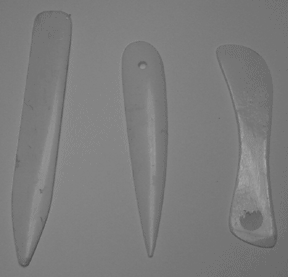 Bone
folders
Bone
folders
The bone folder is the fetishized tool of the bookbinder, an absolute essential and a joy to use, once you get used to it. It is designed to be an extension of your fingers, good for rubbing, poking, folding, creasing, and so on. Non-bone folders are available, and a non-serated butter knife is usually an ok substitute.
 Glue
Brushes
Glue
Brushes
A variety of sizes of glue brush are available and having a big one and a little tiny one is a good combination. Your big glue brush can be of exceedingly cheap quality, or you can get the ultra fancy, horse-hair brush for up to 20, 30 bucks. Look for round, sturdy brushes with relatively coarse bristles. Cheap, fat kids' brushes work alright.
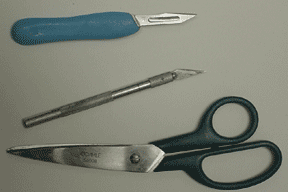 Knives
/ Scissors
Knives
/ Scissors
Shown here (top-down) are a scalpel, and x-acto, and paper scissors. One can get by, of course, with just a knife, but scissors make sense and most poeple have them already -- throw 'em into your toolkit. Knives are essential. Be sure to have extra blades for your knives, as they are quickly dulled on book board and heavy papers, and need to be keen at all times.
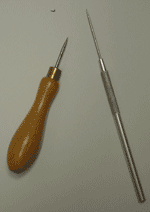 awls
awls
Awls are used for creating sewing stations in signatures/sections and puncturing boards when necessary. Clearly, light or think awls are good for use on signatures while heavier awls are sometimes needed for boards.
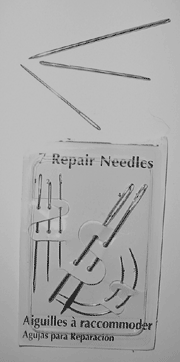 Binding
Needles
Binding
Needles
Basic binder's needles are generally blunt tipped. Book-sewing is normally done through pre-punched holes, so there is no need for a sharp sewing needle. They come in different thicknesses, lengths, and with different eye-sizes. The eye size is particularly significant: it should match the thickness of thread, so that you make the smallest hole in your paper as you run the needle and thread through. For the coptic stitch, a curved needle can be quite handy, but is not necessary.
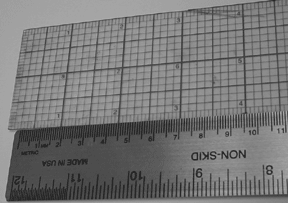 Straight-edge / ruler
Straight-edge / ruler
You'll want straight-edges to cut and tear against, to measure, skecth lines, etc. Indispensible. Also helpful are plastic right-triangles.
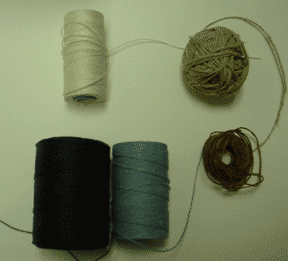 Binding
thread
Binding
thread
Almost anything can be used to stitch a book. Traditional binder's thread is made of linen and comes in various thicknesses (#18 works nice, I think, for most hand-bindings) and colors. Thread should be waxed before stitching. Some stores (shipwreck beads) sell pre-waxed linen thread that works well for binding, though I have found it has a bit too much wax.
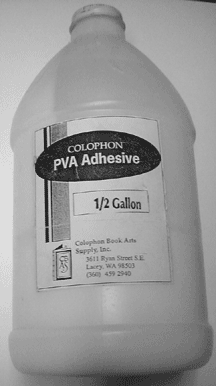 PVA
adhesive
PVA
adhesive
PVA is relatively easy to use for most binding operations. Others will recommend wheat paste or animal based glues. I encourage you to try wheat paste (see Bookbinding for Book Artists).
Printmaking
The Printmaking studio uses a check out system for use of all tools. You give them your student ID, they give you stuff.
.
To purchase paper or anything else from the printmaking office, you must get an order slip from the studio office, pay either 25 or 50 dollars to the cashier, and then turn your receipt in to the printmaking office. They will make a punchcard for your purchases.
Punchcards are share-able.
OPEN STUDIO HOURS
Mon 2-10 pm
Tuesday 4:30 - 10 pm
Wednesday 1-10 pm
Thursday 9:30 am - 10 pm
Friday 9:30 am - 5 pm
Sunday 10 -2
LetterPress Printing
TYPESETTING GUIDE (pdf)
GENERAL VANDERCOOK (pdf)
MonoType
DryPoint Etching
Bookbinding
link to bindings
Bookbinding tools and materials can be gotten:
in the school bookstore;
at Olympia Art & Frame;
& at Colophon Book Arts Supply (in Lacey) (call first)